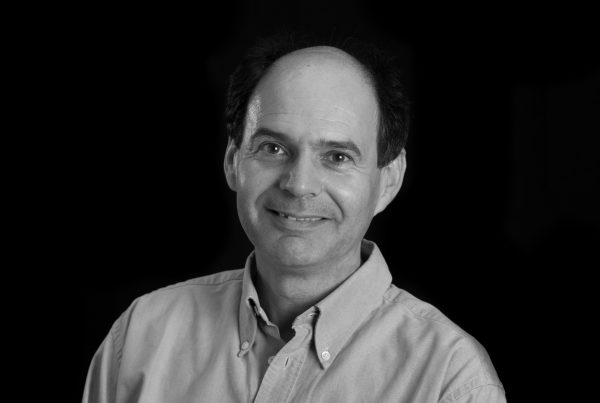Prior to current appointment, taught at the Universities of Bristol and Lisbon, as well as, on a temporary basis, Paris and Bordeaux. Appointed January 1996 by the Portuguese government to set up the Côa Valley Archeological Park, coordinate scientific research to establish the age of its Paleolithic rock art, and prepare the nomination of the site for World Heritage status (listing date, December 1998). Created and directed the Instituto Português de Arqueologia (IPA), a department of the Ministry of Culture for the supervision of archaeological activity in the country (May 1997-2002). Member of the Executive Board of the European Association of Archeologists (2003-06). Humboldt Foundation Research Awardee (2003-04, University of Cologne) for "past achievements in teaching and research". Recipient of the London Prehistoric Society's Europa Prize (2005), for "significant and enduring contribution to the study of European prehistory". In 2012 profiled in "Science".
Research interests
The Middle-to-Upper Paleolithic transition has been the focus of my research for the last 20 years, leading to fieldwork at several sites: (a) the Lagar Velho rock-shelter (Portugal) and its burial of an early modern human child with diagnostic Neandertal features (evidence for interbreeding at the time of Neandertal/modern contact); (b) the Almonda karst system (Portugal), whose archeology spans half-a-million years and includes such important fossils as the 400,000 year-old Aroeira 3 cranium; (c) the Pestera cu Oase (Romania), site of Europe’s oldest modern humans; (d) Cueva Antón and Cueva de los Aviones (Murcia, Spain), with the earliest known use of personal ornaments, 115,000 years ago; (e) several caves in Iberia, France and Italy where U-Th dating of associated speleothems showed rock art to be >65,000 years old. These early artists were Neandertals, whose behavioral modernity and late persistence to the south of the Ebro drainage remain my main areas of interest.
